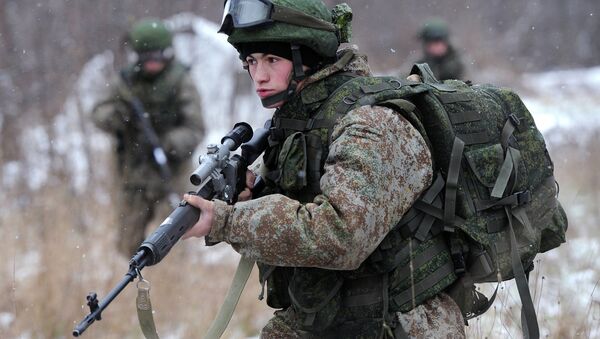This is exactly what a 27-strong team of Saratov scientists are now working on.
A roll of gauze is fed into a huge, 20 meter-long, machine and, seconds later, similar gauze appears on the other side.
Though it looks exactly the same to the naked eye, the processed material consists of microscopic fibers which are applied to the warp which, in turn is mixed with fabric to obtain a regular outfit with very unusual properties.
Depending on their chemical composition, the microscopic fibers can keep out gases and liquids, retain body heat or cool you down. And what’s more, they are also shock-resistant.
The new material can be used as part of a soldier’s outfit and as gas mask filters.
Ground sheets are also being developed here. This is a new type of camouflage where nanomaterial is applied to the uniform to make it invisible to thermal imagers and night vision scopes.
The new technology will also ensure against extreme cold, heat and even open fire.
The Saratov team has three years to develop the new protective materials which will then go into “active service” with the Russian armed forces.




